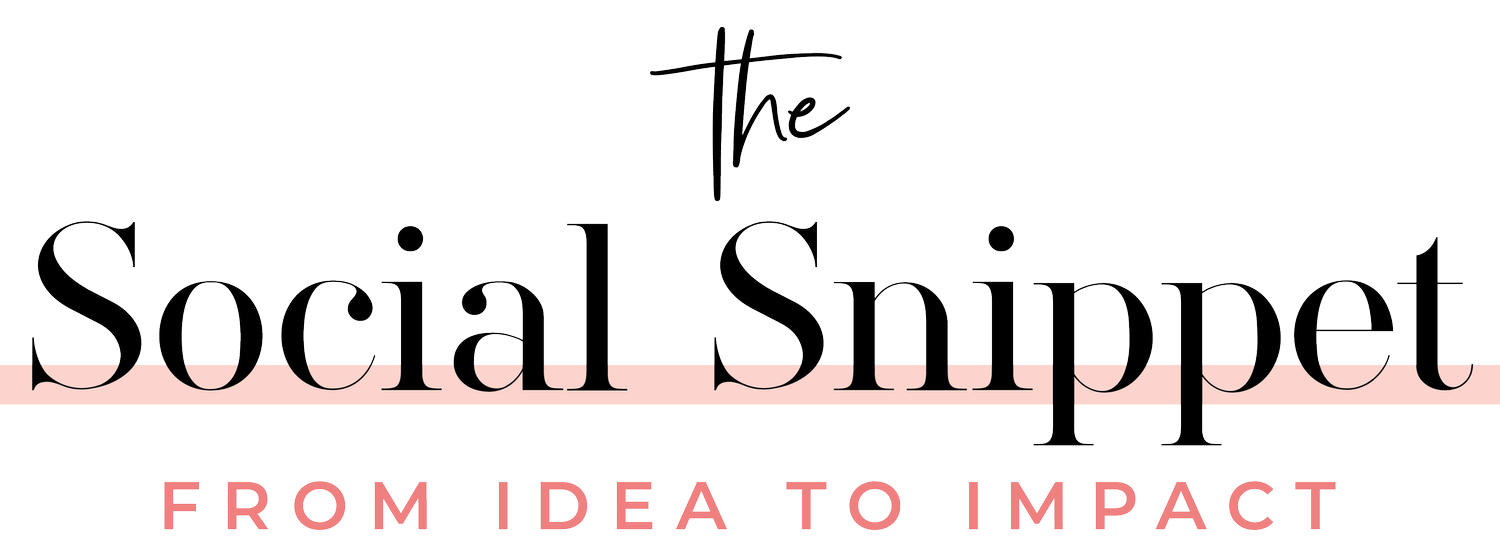How To Create A Social Media Content Calendar
If you find yourself overwhelmed by the constant posting on various platforms, missing out on key dates, or feeling like your content lacks direction, fear not! We're diving into the art of creating a social media content calendar – the secret to a more organized, strategic, and stress-free online presence.
Why schedule social media content in advance?
Social media calendars make coordinating campaigns and product launches a breeze, boosts your reach and engagement, and lets you create more intentional, high-quality content. While it may seem daunting upfront, you can say goodbye to daily stress about what to post and save time and effort in the long run.
Step 1: Social Media Audit
Before we even touch a social media calendar, take a moment to understand your audience. What content resonates with them? Analyze your analytics, read comments, and know the preferences of the people you're trying to reach. This allows you to see what kinds of posts perform well, as well as areas that need a little extra TLC.
Step 2: Set Clear Goals
What are you trying to achieve? Whether it's building brand awareness, increasing engagement, or driving sales, knowing your objectives is important for your social media strategy. Your content calendar should be a roadmap guiding each post toward a specific purpose, making your efforts more intentional.
How often will you post? Consistency is more important than frequency. Whether it's daily, weekly, or bi-weekly, set a posting schedule that’s realistic for your resources and goals.
Step 3: Choose Your Platforms
Where does your audience hang out? Evaluate which social media platforms align with your brand and where your audience is most active. You can repurpose content for different platforms, but it should be tweaked to suit the tone and expectations of each one. Being active on every platform might spread your time and resources too thin, so focus your energy where it counts!
Step 4: Utilize Scheduling Tools
A simple spreadsheet, Google Calendar or content calendar template from the internet are free and easy ways to keep you organized. You can also use online social media tools like Later, Trello and Hootsuite to schedule posts, to save you time and effort.
Step 5: Add Key Dates
Important dates like holidays, industry events, and product launches are a great place to start. Planning your content around these dates keeps you in sync with the broader conversation and adds a timely touch to your posts.
Step 6: Plan Your Content Mix
While you're on social media to promote your business, going for a hard or constant sell can be a turn-off for many people. You'll want to find a balance of education, promotion and fun. Social media accounts are a great place to offer value and establish yourself as an authority in your industry, and of course, be social! You can't forget about posts that encourage interaction and spark conversations within your community.
Mix and match different content types, from blog shares, testimonials, how-to videos, and infographics to behind-the-scenes snippets and user-generated content. A diverse content mix keeps your audience engaged. A mix of images, videos, text, and graphics can keep your feed fresh and eye-catching.
While switching it up is great, having recurring posts can also build anticipation and familiarity with your audience. Whether it’s a tip of the week, bi-weekly recipe, or a monthly team member spotlight, find a consistent post that fits with your brand.
Step 7: Fill in the Blanks
Now it's finally time for the content creation! Plan posts with as much or as little detail as you like, but the more you include, the more helpful it will be later. Things like date of posting, platform, visuals, caption, links, and hashtags can all be added. Bulk content planning helps keep those creative juices flowing and allows you to create high-quality content that furthers your goals.
Step 8: Engage and Adapt
Stay engaged with your audience and be ready to add to or tweak your social media posts. If a post gains traction, leverage it. If a particular theme isn't resonating, change it up. If a fun trend starts circulating, try it out. Social media is dynamic, and your media posting schedule should be flexible.
Social media scheduling is about bringing structure to your online presence. It helps you communicate more effectively, reach your goals, and stay connected with your audience. So, let's get practical, plan those posts, and make your social media game stronger than ever!

